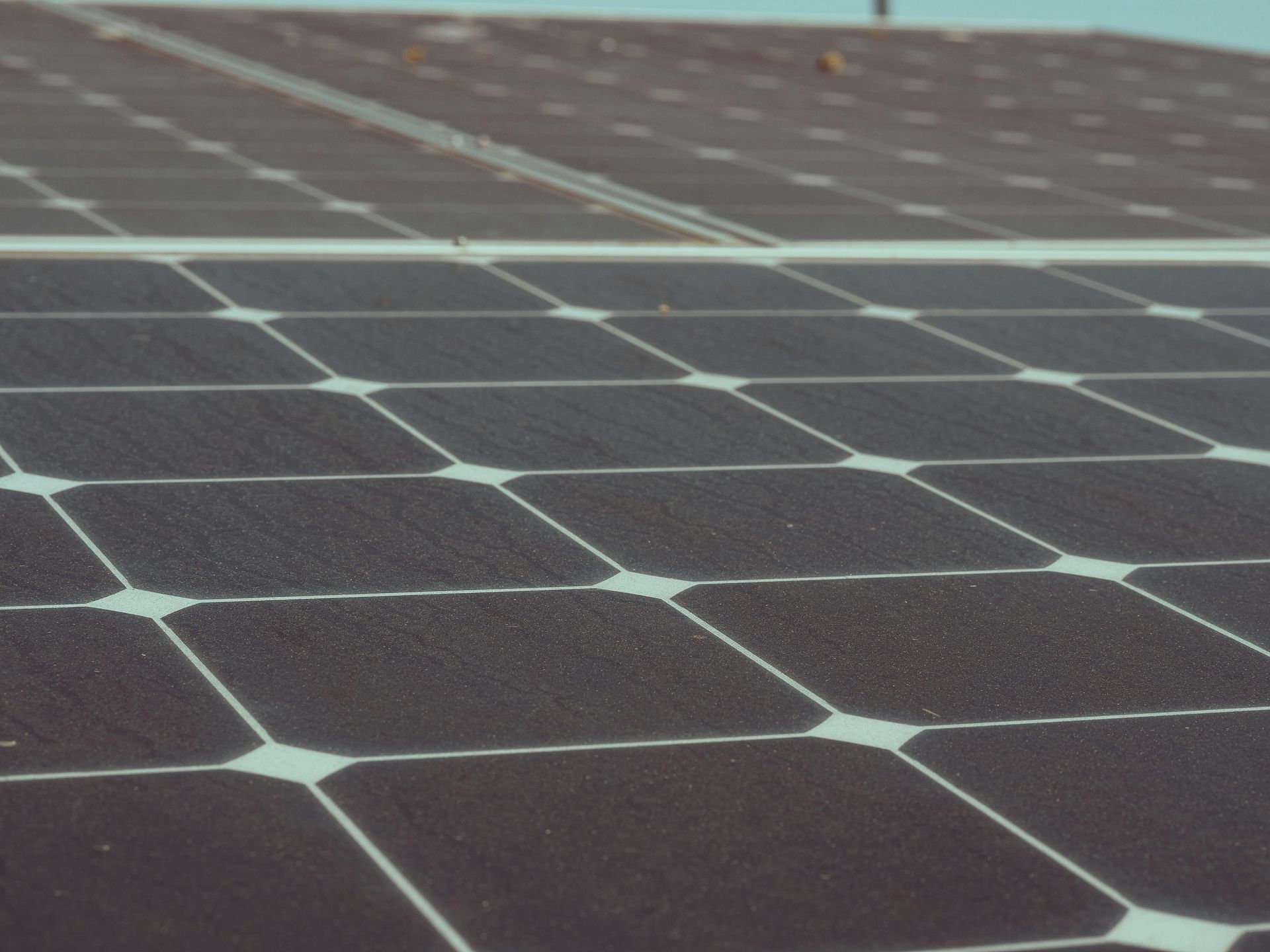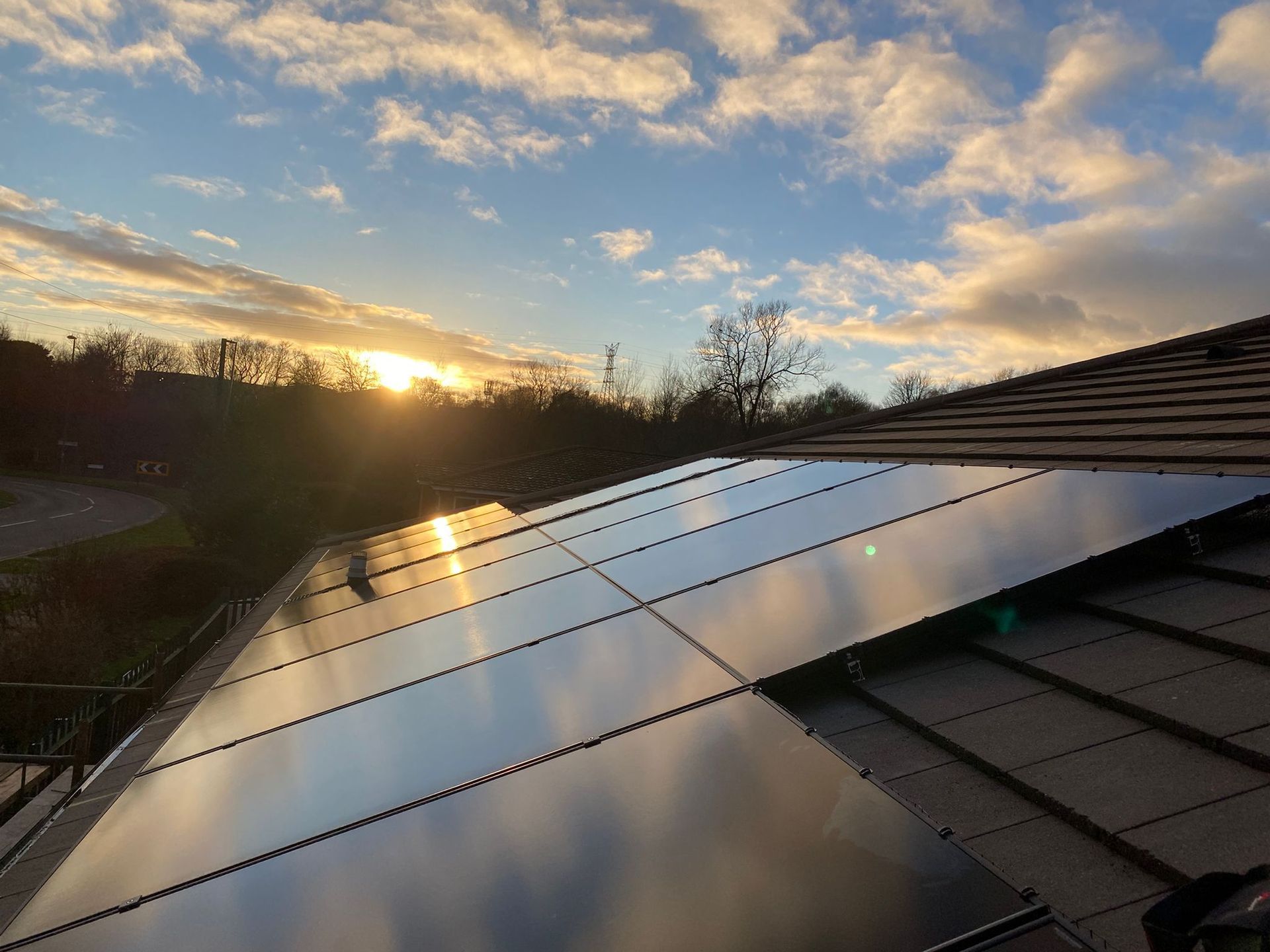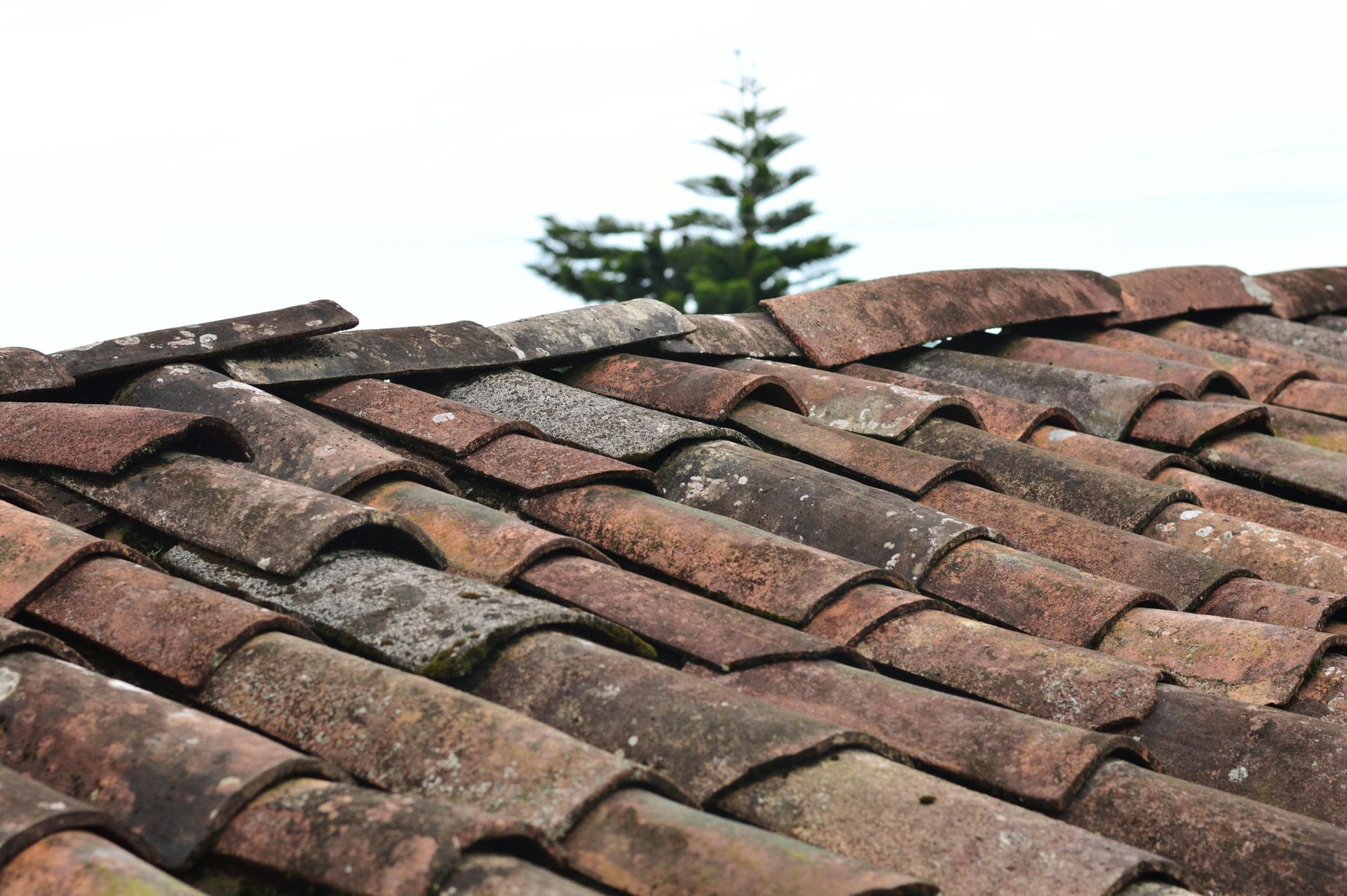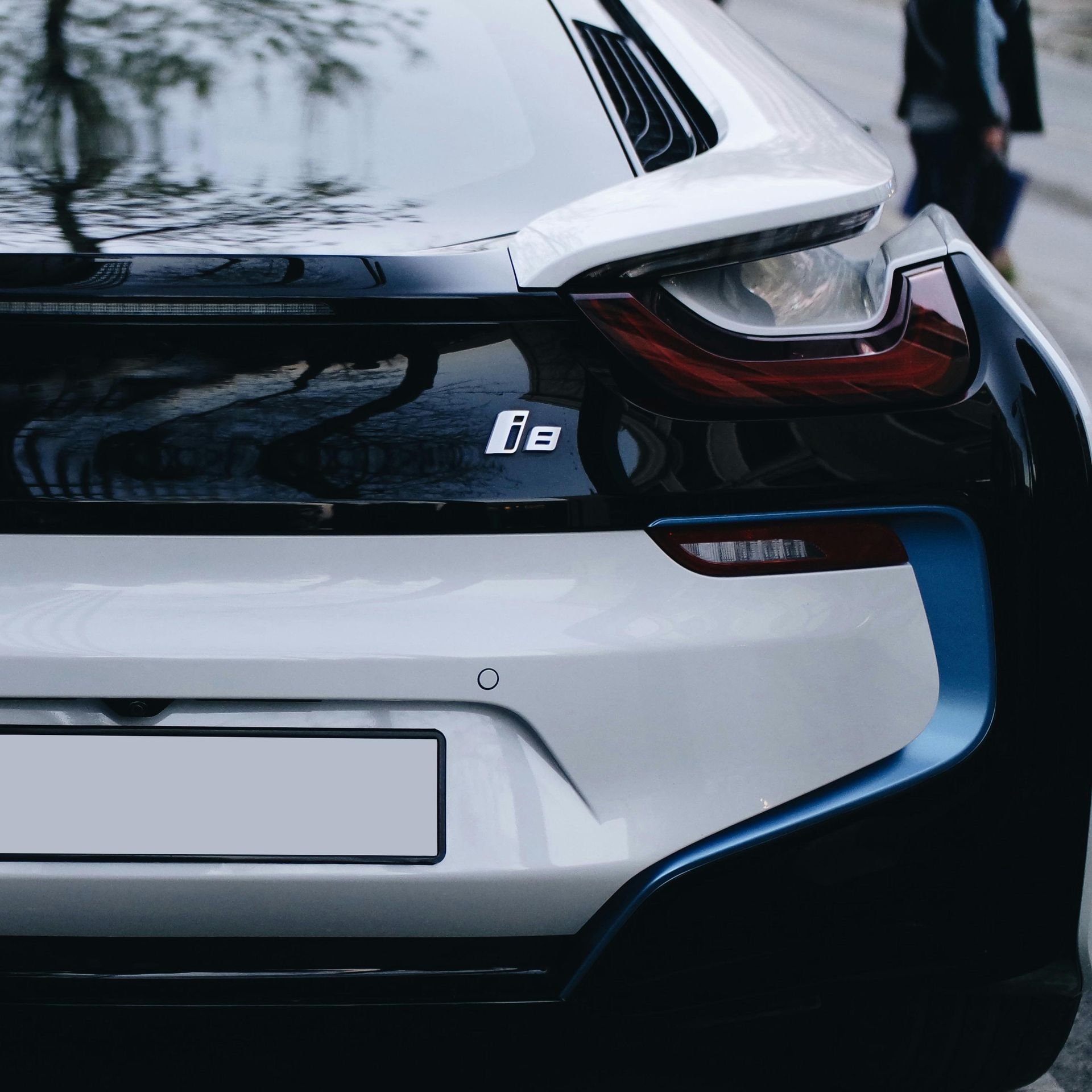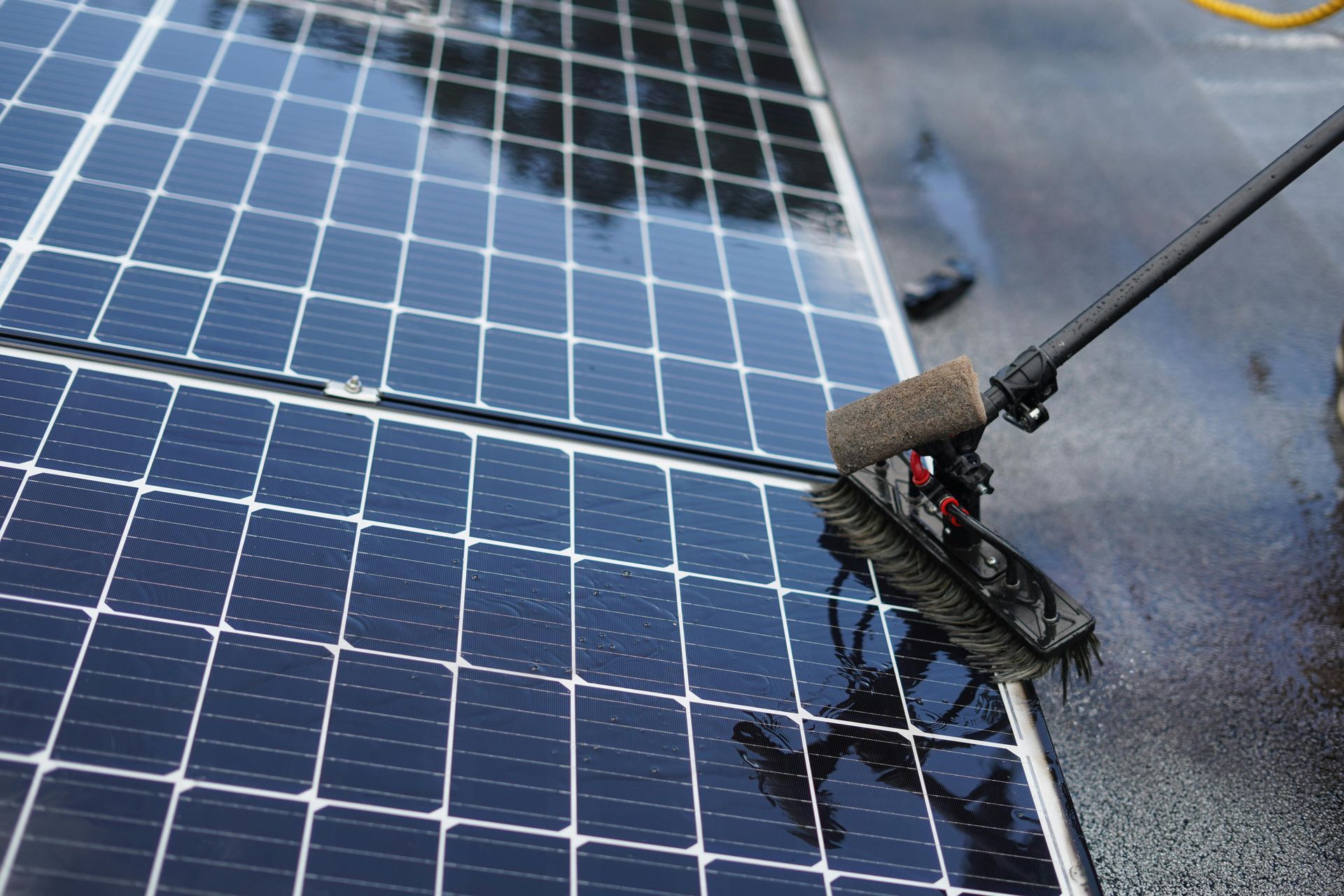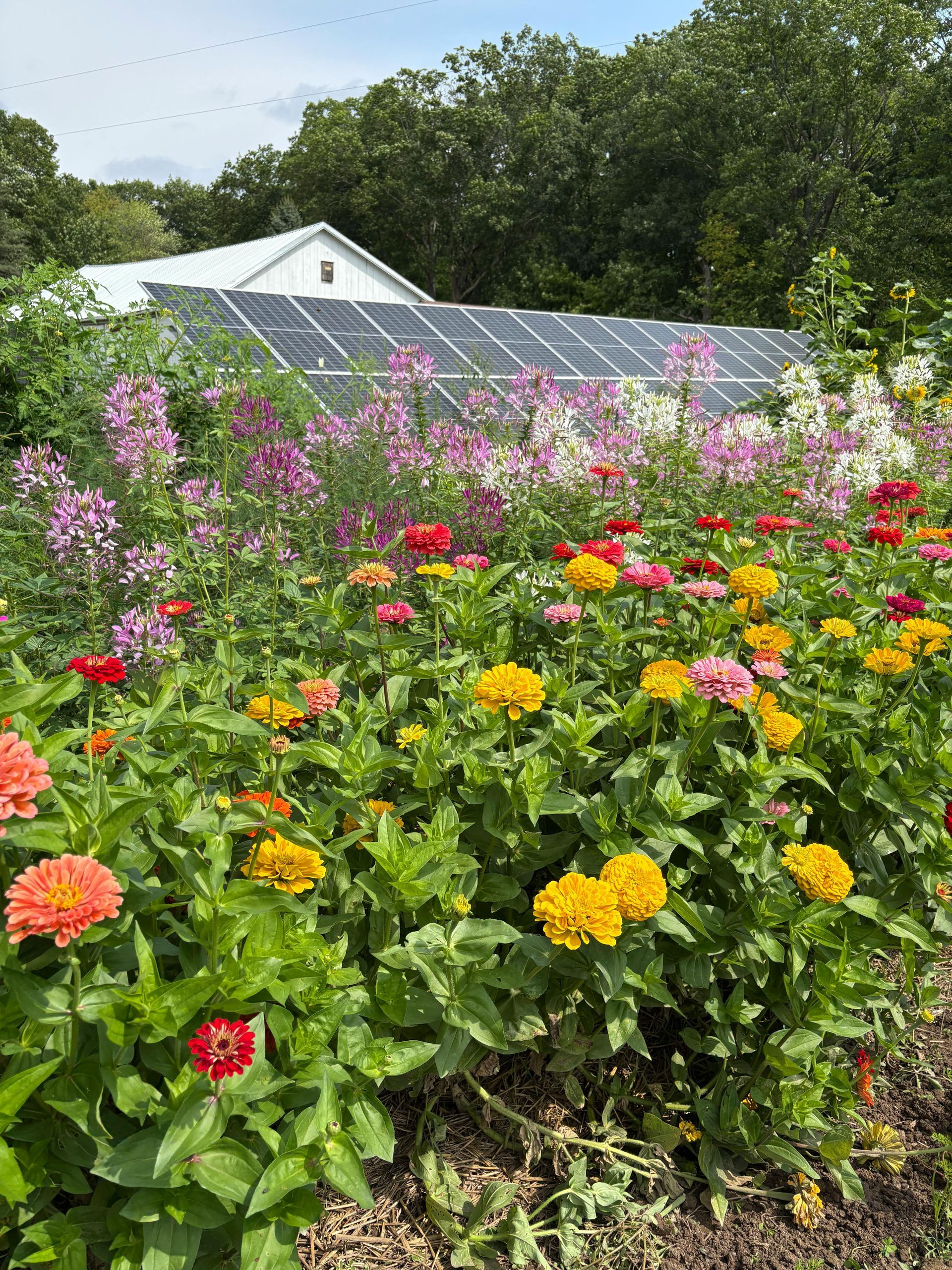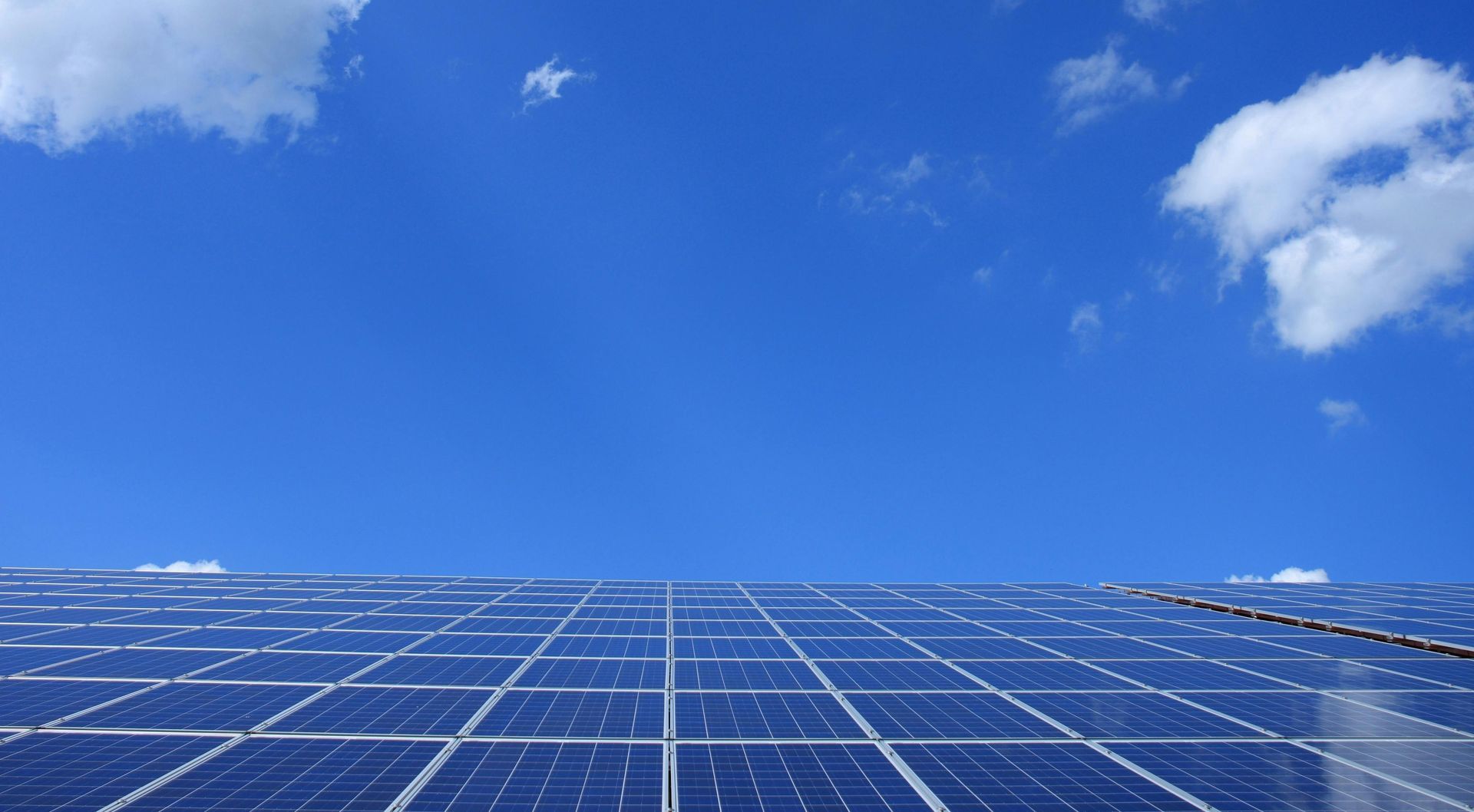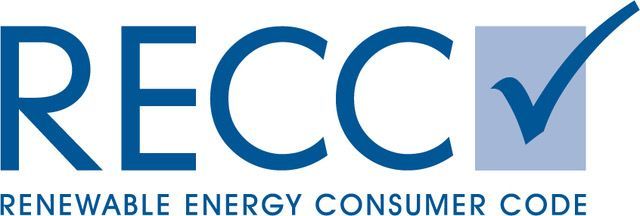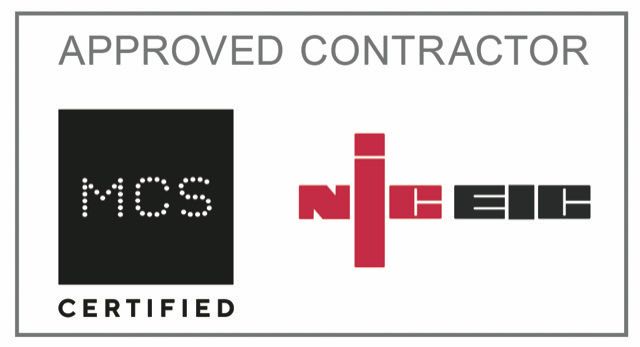Save Money and Energy: What are the Most Energy Consuming Appliances?
Understanding Your Biggest Energy Appliances
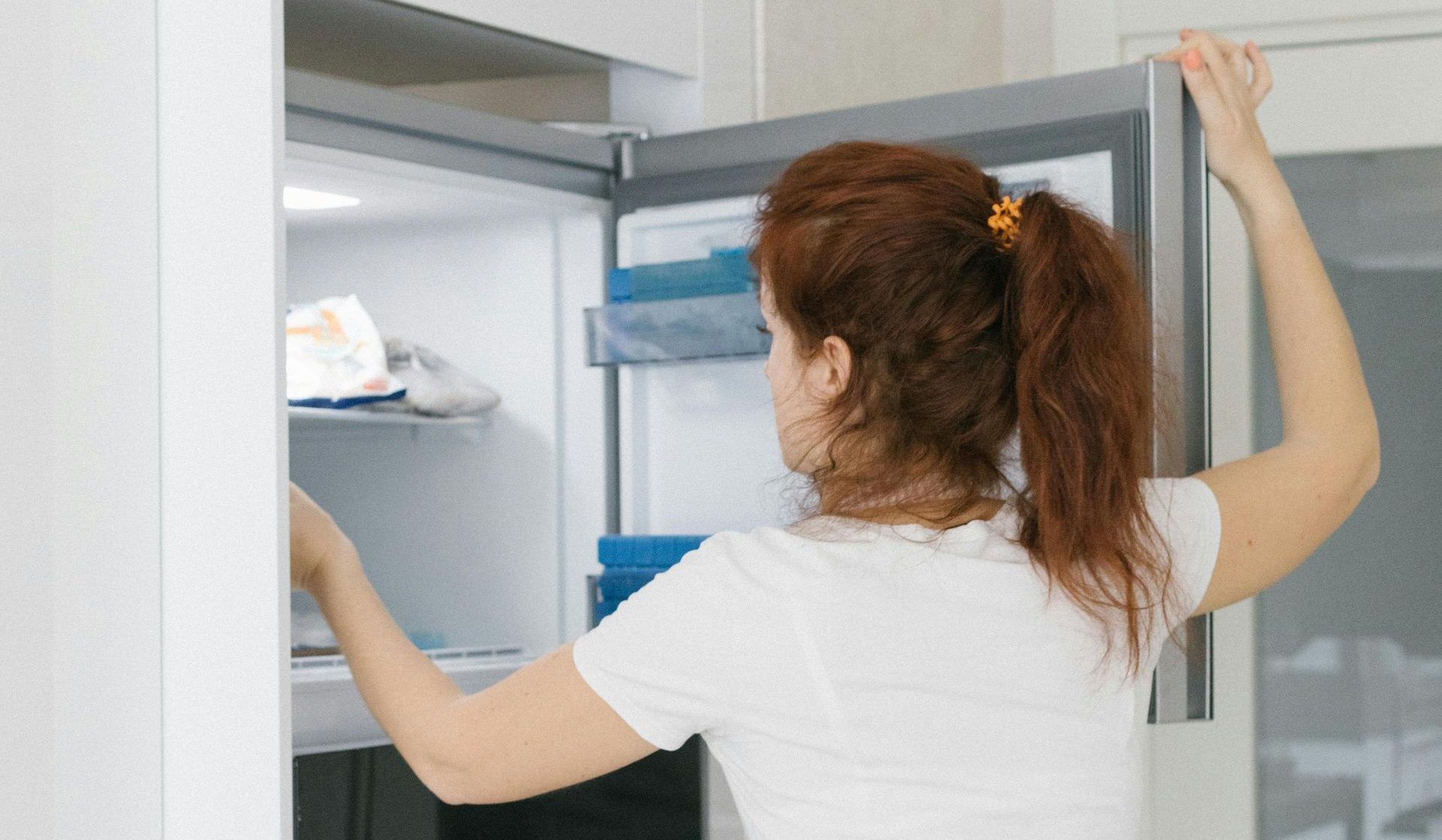
Energy bills keep climbing, but cutting costs feels impossible and the biggest culprits are right under your nose—your home appliances. Knowing the most energy consuming appliances can help you reduce energy bills without sacrificing comfort. According to Energy Saving Trust, understanding which appliances use the most energy can significantly impact your household's overall energy consumption which could have an impact on making a decision like changing your energy system in your house to a solar based system.
Identifying High-Energy Appliances
You might be surprised by which appliances are the biggest energy users. It's not always the ones you think! Size doesn't always matter when it comes to power consumption. Large appliances like fridges run constantly, using lots of energy over time. But smaller items can be sneaky energy guzzlers too. Take your kettle, for example. It uses a tonne of power in short bursts. To spot high energy appliances, look at how often you use them and how much power they need when running. A good rule of thumb: if it heats or cools, it's likely using more energy.
Impact on Home Appliances
UK homes face unique energy challenges. Our weather means we rely heavily on heating, which eats up a big chunk of energy bills. The average UK household spends over £1,000 yearly on energy. A large portion of this goes to powering home appliances. By focusing on the most energy-hungry devices, you can make the biggest dent in your bills. Older appliances are often less efficient. If your fridge or washing machine is over 10 years old, it's probably using more energy than a newer model would.
How to Reduce Energy Bills
Cutting your energy use doesn't mean living in the dark. Small changes can lead to big savings on your bills. Start by tracking your energy use. Many smart meters now show real time consumption. This helps you see which appliances use the most power. Next, focus on the big energy users. Can you use them less? Or use them more efficiently? For example, only run full loads in your washing machine. Lastly, consider upgrading old appliances. While there's an upfront cost, energy-efficient models can save you money in the long run.
The Most Energy Consuming Appliances
- Electric Heating: This is often the biggest energy user, especially in winter. Electric heaters can use up to 3 kWh per hour.
- Refrigerator/Freezer: These run 24/7, using about 1-2 kWh daily. Older models can use even more.
- Washing Machine: A typical cycle uses around 1 kWh. Frequent use adds up quickly.
- Tumble Dryer: This appliance uses about 2-3 kWh per cycle, making it a major energy consumer.
- Electric Oven: Cooking a meal can use 2-3 kWh, depending on cooking time and temperature.
These five appliances often make up the bulk of home energy use. Focusing on these can lead to the biggest savings.
Surprising Energy Guzzlers
Some appliances use more energy than you might think. Here are a few that might surprise you:
Standby power is a hidden energy thief. TVs, game consoles, and chargers all use power when plugged in, even if they're not on. This "phantom load" can add up to 10% of your electricity bill.
Electric kettles use a lot of power in short bursts. Boiling more water than you need wastes energy. Only fill the kettle with what you'll use.
Hair dryers and straighteners are also energy hogs. They use intense heat, which requires a lot of power. Limiting use or air-drying when possible can save energy.
It's always good to know where your energy is being consumed and how you can reduce costs and consumption because from there you can start to look at the idea of changing your actual energy source at home. Making the switch to solar energy could be ideal for your home life, circumstances and your bills. If it's something that you think could be suitable for your home, talk to us and we'll be happy to assess your situation, your home and see if it's something that can work for you.


